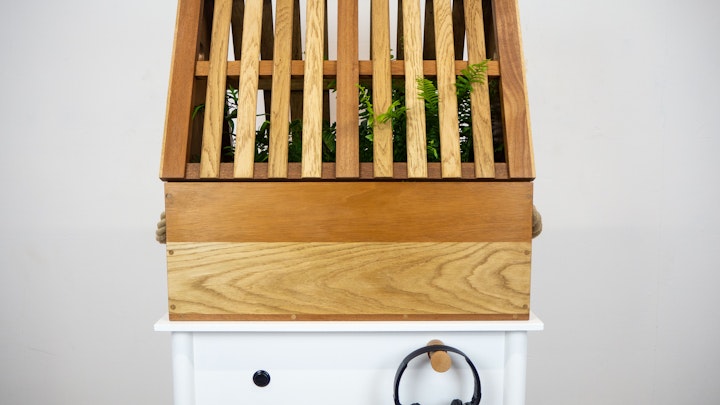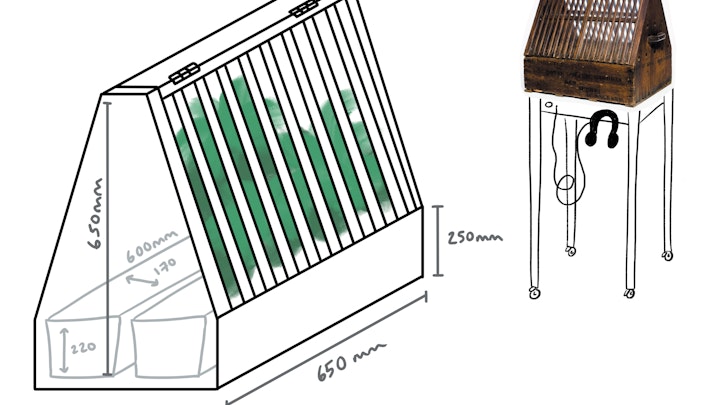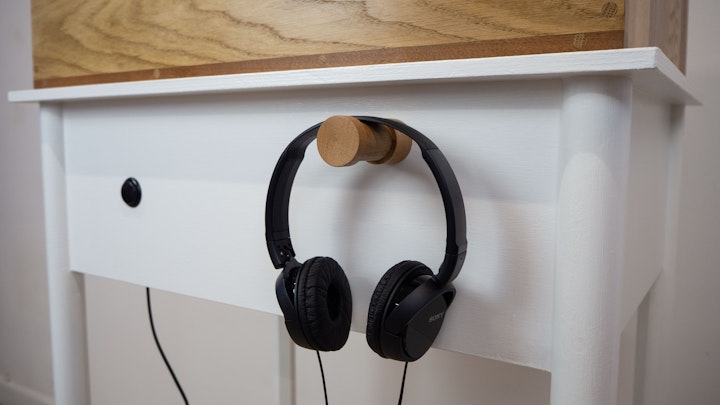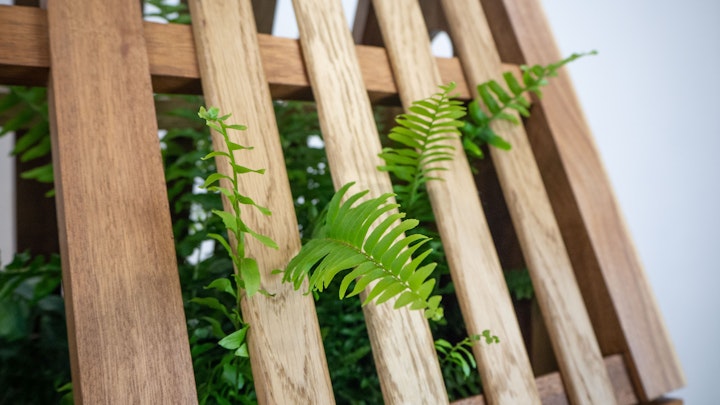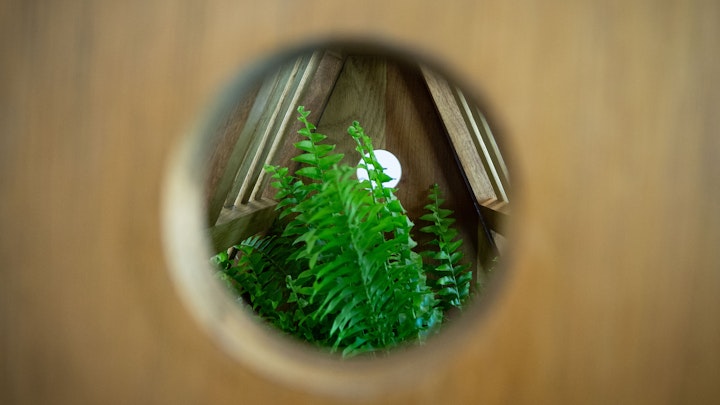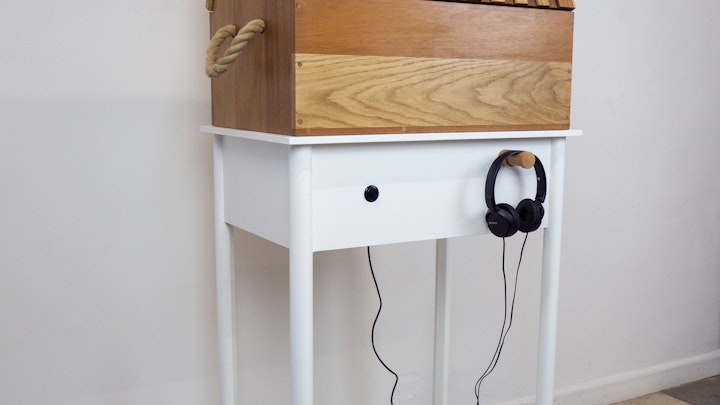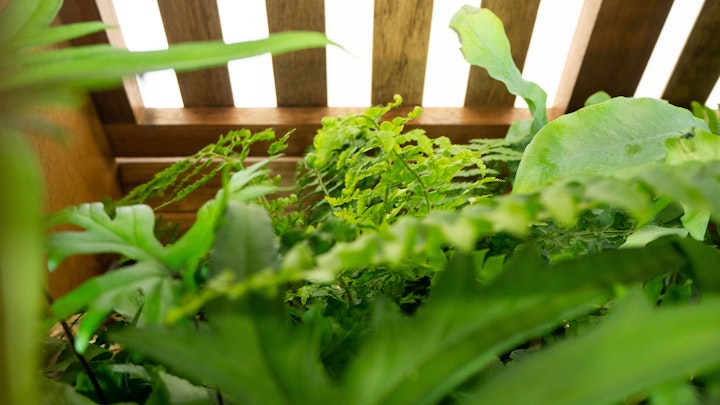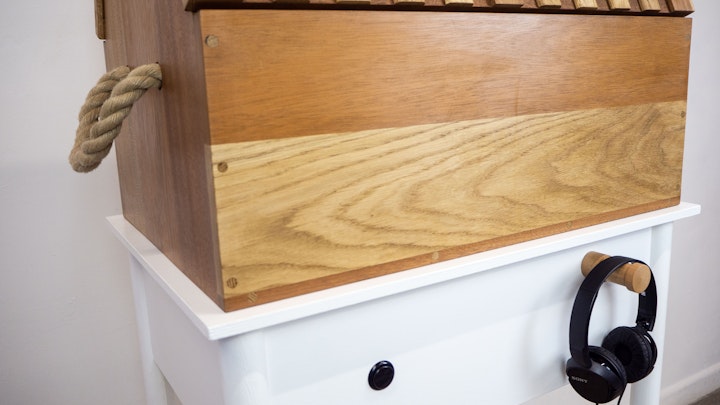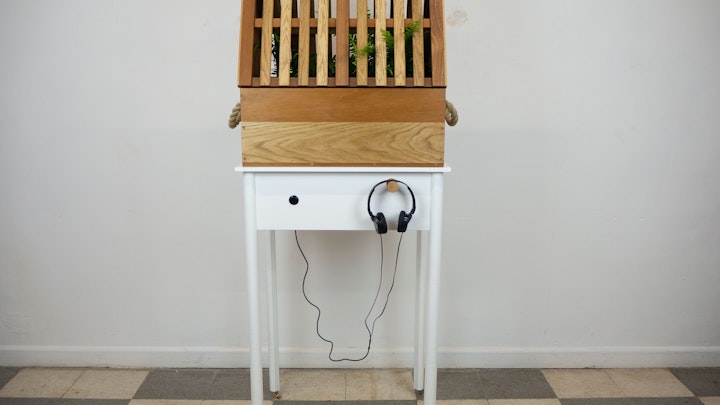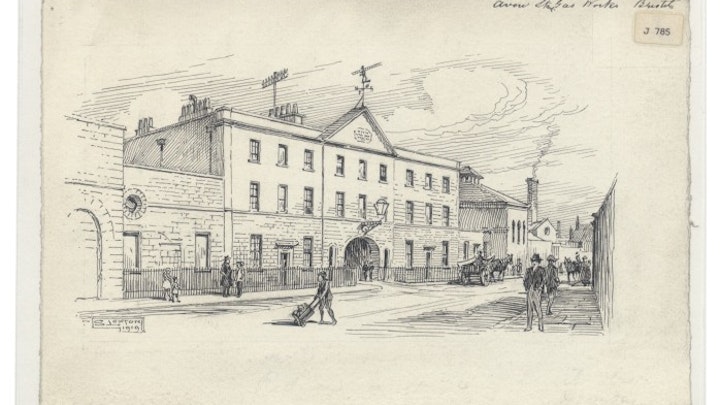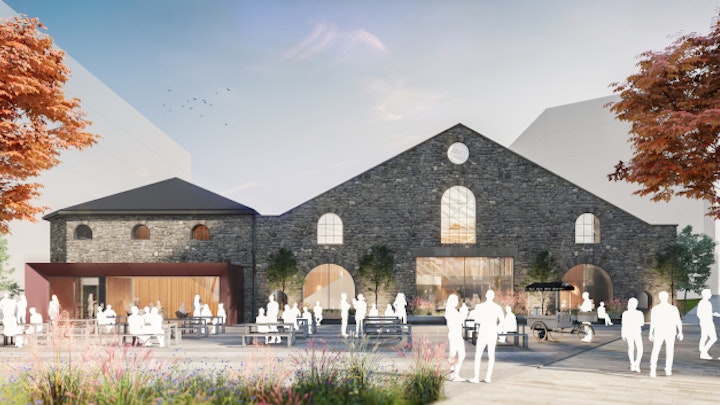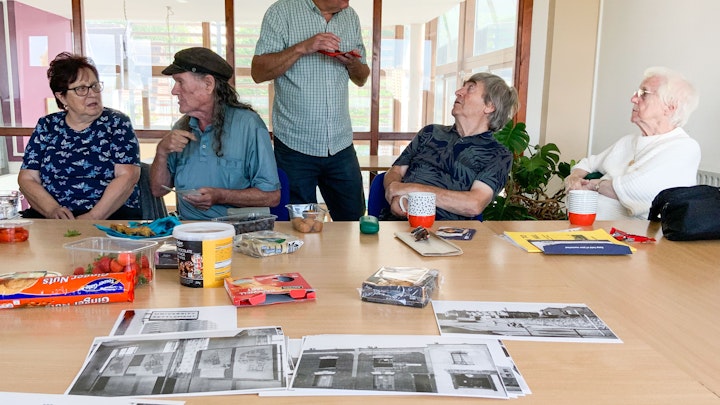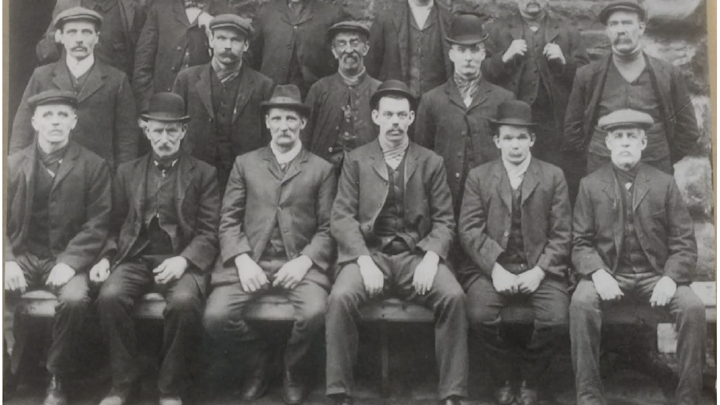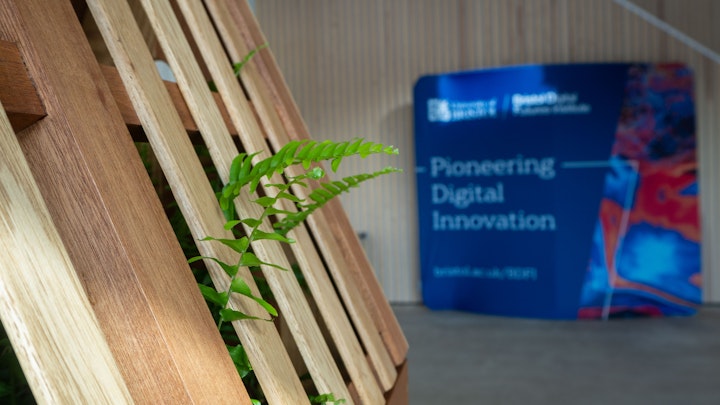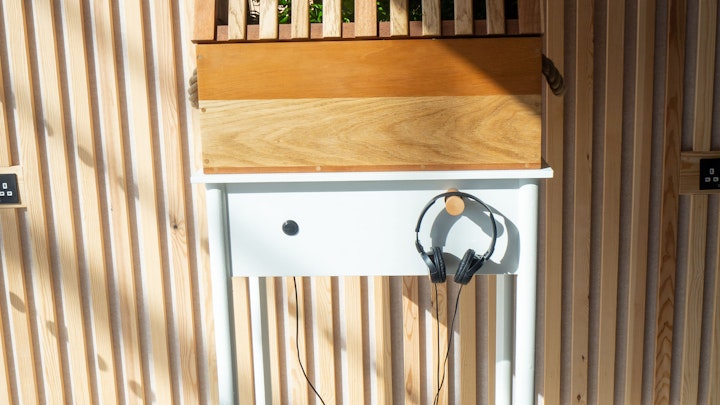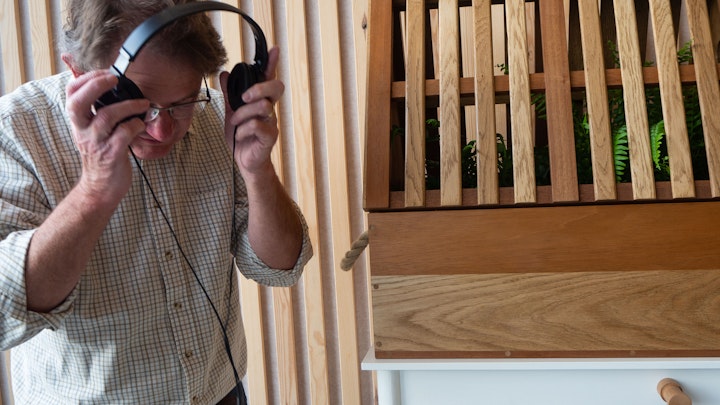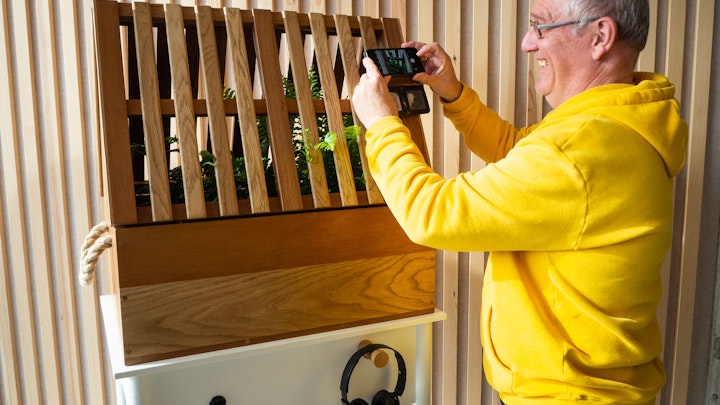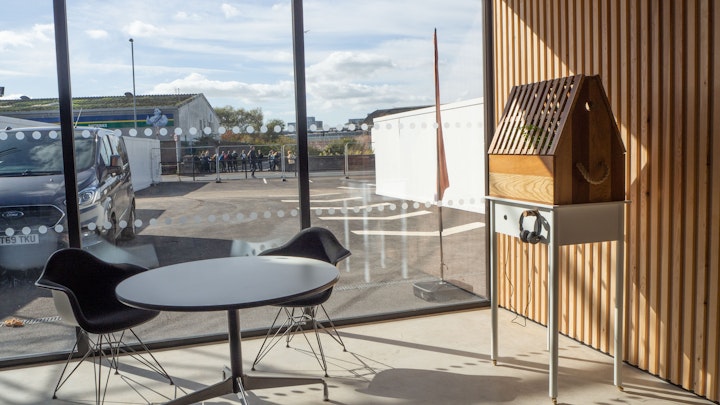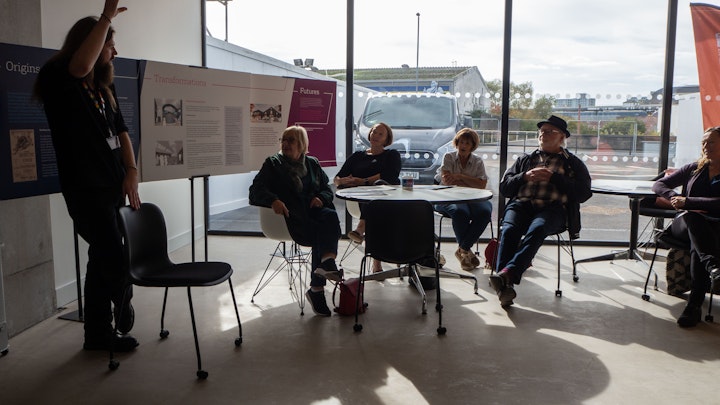Injurious Effect - Public Art for the University of Bristol
exhibitions
Wardian Case and stand, plants and sound piece
Ellie Shipman, 2022
Case and stand fabricated by Jack Stiling, Stiling's Workshop
Listen to the audio piece here.
__
Injurious Effect is a public artwork commissioned by Bristol Digital Futures Institute at the University of Bristol to be on permanent display in their new innovation hub housed in the Victorian Gas Works on Avon Street. The sculpture was fabricated by Jack Stiling of Stiling’s Workshop.
The artwork explores the relationship between innovation and societal change prompted by the history of the gas works. Fear of the new, of change and hidden or unseen implications have always gone hand in hand with socio-technical innovation. The artwork invites reflection on the past, present and future of innovation in Bristol through the symbol of a Wardian Case, a terrarium-like wooden crate used for transporting plants in protected environments across the British Empire during the 1800s. The Wardian Case represents innovation and all the wondrous possibilities and harmful impacts it can bring. It inspired the artwork through the history of the gas works researched by Dr James Watts who writes:
“It was recommended by some horticultural experts to give plants the protection of a Wardian case (used for transporting plants from across the globe) if there was a gaslight in the room. Gas was associated with air pollution which posed a constant threat to horticultural activities. “The fumes, or products of combustion, of coal-gas have a more injurious effect upon plant-life than anything else,” wrote B. C. Ravenscroft in his handbook Town Gardening (1883).”21”
Avon Street Gasworks and Bristol’s Gas Industry
A Bristolian history of innovation with lessons for our digital future
The audio piece reflects on the impact of gas across Bristol and beyond: from local memories of children being sent to collect ‘coke’ (coal) in prams and homemade Go-Karts for their families’ fires; to the historic industrial development of the Feeder Canal, Barton Hill and East Bristol; the Gas Workers Strikes of 1889 and the domestic and societal implications of gas as an innovation.
The artwork poses the question: how can innovation protect what already exists, be used for good, and mitigate harm?
With thanks to those featured in the audio piece:
Garry Atterton, local historian and founder of the Barton Hill History Group as well as group members and local residents Gill and Bern; Pete Insole, Principal Historic Environment Officer for Bristol City Council and founder of Know Your Place; Dr James Watts, historian and researcher of the Gas Works history; and Geraldine and Richard through oral history interviews conducted by PhD researcher Lena Ferriday as part of the wider research project.
"It has been a real pleasure working with local artist Ellie Shipman on this very exciting project about the Old Gas Works. The Barton Hill History Group has always tried to give working class people a voice and allow them the opportunity to tell their stories in their words. Hopefully the audio piece from Barton Hill people captures their memories and stories for present and future generations to enjoy and learn from."
Garry Atterton, Barton Hill History Group
